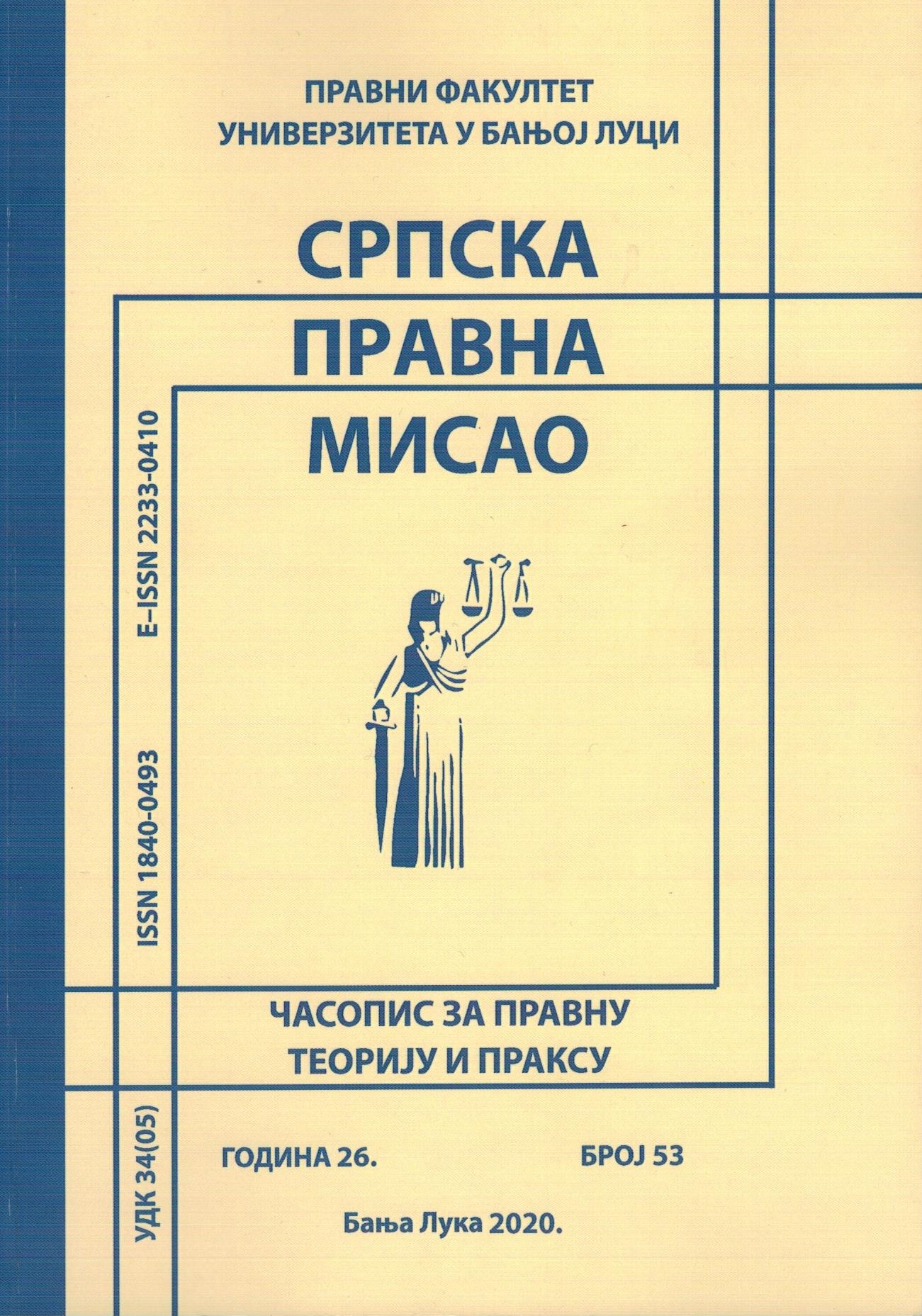ДЕМИСТИФИКАЦИЈА “ЗОНЕ СУМРАКА” - КАДА ПОСТОЈИ
ВЈЕРОВАТНОЋА НАСТУПАЊА ИНСОЛВЕНТНОСТИ?
DEMYSTIFYING THE “TWILIGHT ZONE” - WHEN THERE IS
LIKELIHOOD OF INSOLVENCY?
Author(s): Irena RadićSubject(s): Law, Constitution, Jurisprudence, International Law, Law on Economics, Commercial Law
Published by: Правни факултет Универзитета у Бањој Луци
Keywords: twilight zone; the likelihood of insolvency; directors’ duties; insolvency prediction models; early warning tools;
Summary/Abstract: “Twilight zone” is a challenging period when a company runs into financial difficulties and it is not certain whether or not formal insolvency will eventuate or the business will be rescued. Thus, it is an amorphous period between solvency and insolvency in which the interests of creditors and other stakeholders are at risk due to the opportunism and greater risk-taking behavior by the company’s directors and shareholders. There are different mechanisms of creditors’ and other stakeholders’ protection in comparative company law. One of them is the shift of directors’ duties to creditors and other stakeholders when there is a likelihood of insolvency. This approach is adopted by the Directive on restructuring and insolvency which provides that the Member States shall ensure that, where there is a likelihood of insolvency, directors, have due regard to the interests of creditors, equity holders and other stakeholders; the need to take steps to avoid insolvency; and the need to avoid deliberate or grossly negligent conduct that threatens the viability of the business. This paper aims to shed a light on this “twilight” in the zone of insolvency, i.e. to determine the point in time when these duties arise. We will advocate for the adoption of subjective criteria based on objective indicators, i.e. for the adoption of an assumption of directors’ knowledge that there is the likelihood of insolvency if prescribed objective indicators are established. In determining these objective indicators, we will analyze the possibility of the application of models for insolvency prediction and early warning tools.
Journal: Српска правна мисао
- Issue Year: 2020
- Issue No: 53
- Page Range: 107-125
- Page Count: 18
- Language: Serbian

